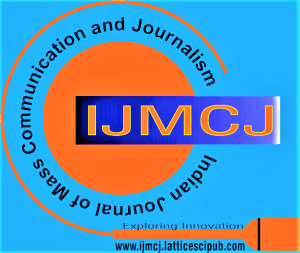![]()
From Nehru to Modi: Understanding the History of Indian Television Through a Post-Development Lens
Somnath Batabyal
Somnath Batabyal, SOAS, University of London, Centre for Global Media and Communications, London.
Manuscript received on 10 January 2023 | Revised Manuscript received on 24 January 2023 | Manuscript Accepted on 15 March 2023 | Manuscript published on 30 March 2023 | PP: 8-16 | Volume-2 Issue-3, March 2023 | Retrieval Number: 100.1/ijmcj.C1031032323 | DOI:10.54105/ijmcj.C1031.032323
Open Access | Editorial and Publishing Policies | Cite | Mendeley | Indexing and Abstracting
© The Authors. Published by Lattice Science Publication (LSP). This is an open-access article under the CC-BY-NC-ND license (http://creativecommons.org/licenses/by-nc-nd/4.0/)
Abstract: Digital India, the government’s flagship programme, at first glance is a radical departure from the past and a welcome step forward to digitise the country’s faltering infrastructure. However, as this chapter argues, seen through a post-development lens, the launch of Digital India can also be seen as a continuation of past governmental policies that hark back to the era of India’s first Prime Minister and the continuation of such programmes thereafter, policies which used the medium of mass media ostensibly as a tool for development but ultimately as a mechanism of control. From the beginnings of television history in India and tracing its growth, this chapter shows that the policies of the present government, has its echoes in the past and development is still the rhetoric used to control the country’s increasing population.
Keywords: Television, India, Digitisation, Post-Development
Scope of the Article: Media Studies
